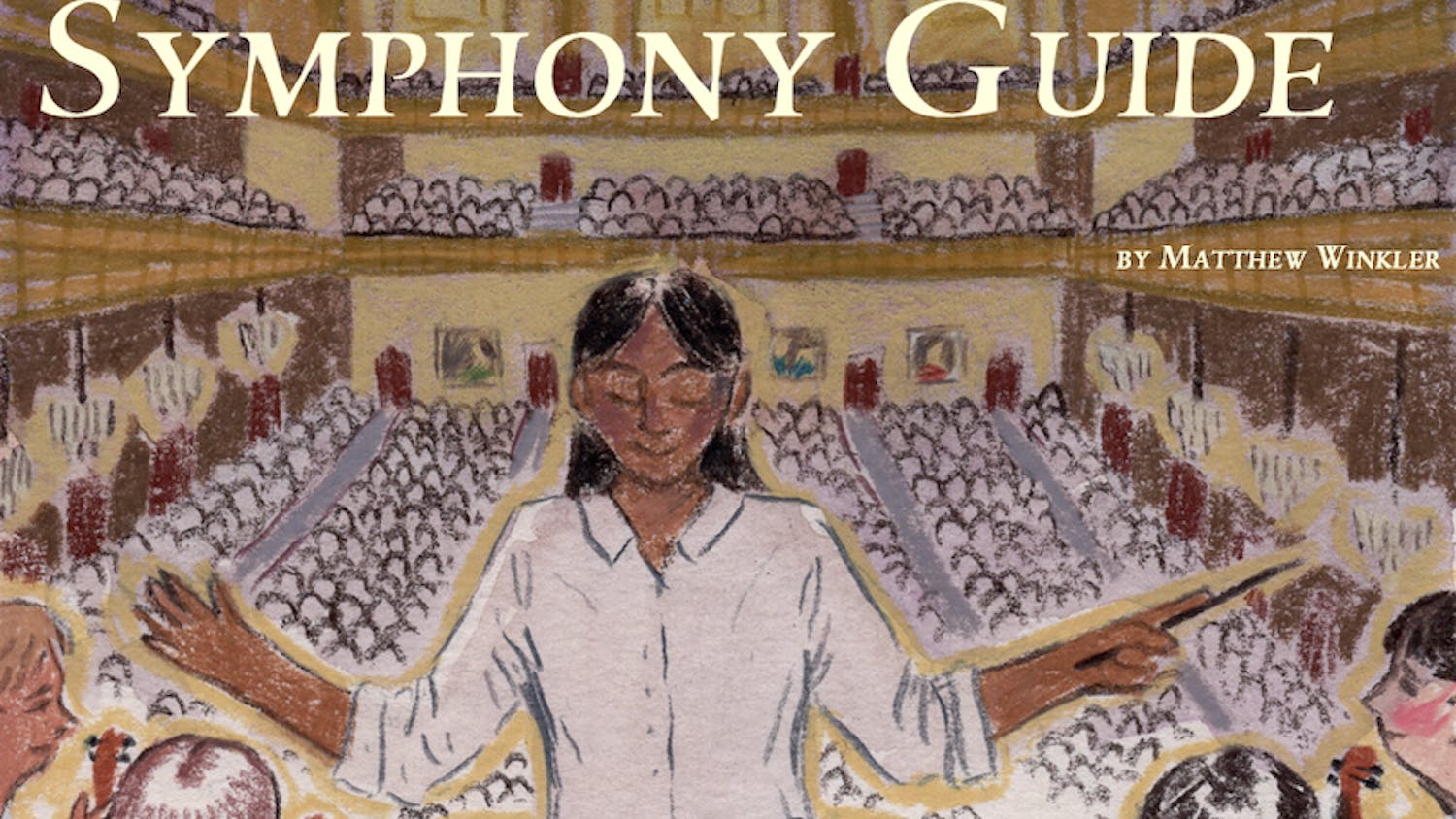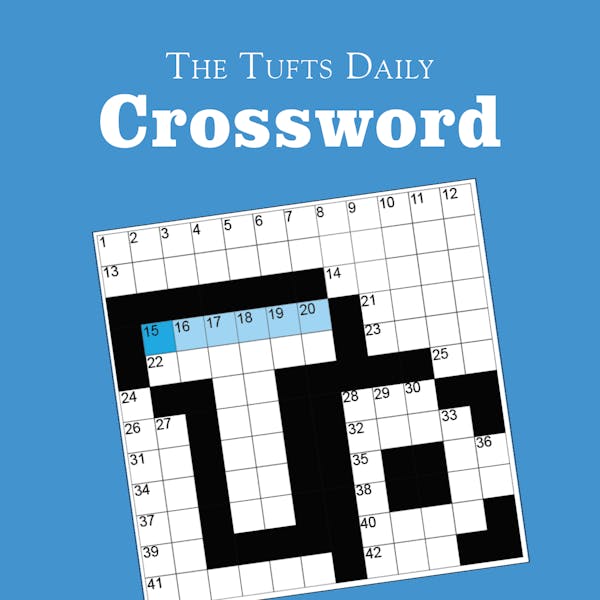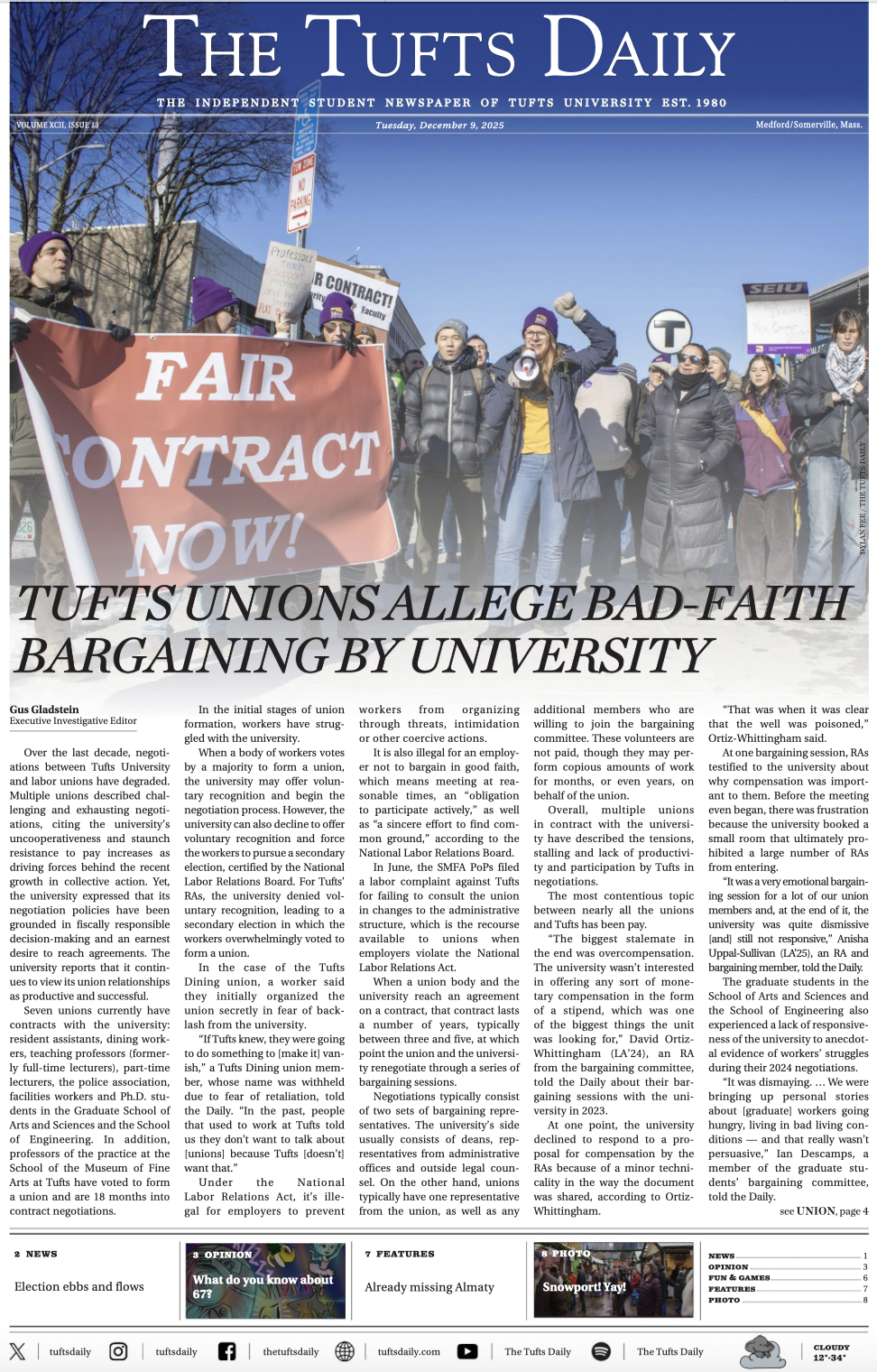It's not exactly the Southeast Conference (SEC). Bowdoin, Trinity, Tufts, and company aren't quite Kentucky, Georgia, and Florida. Still, the New England Small College Athletic Conference (NESCAC), which claims 11 of the best schools in the country, including Tufts isn't too shabby.
In fact, when you combine athletics and academics, the NESCAC is the best Division III athletic conference in the nation. And only the D-I Ivy League - you know, second-tier schools like Harvard and Cornell that we all could have gotten into if we had wanted to - boasts a better academic reputation.
"I like the NESCAC because of the type of player we have, who is so good academically and also so athletic and competitive when they step on the field," Women's soccer coach Martha Whiting said.
Indeed, there's plenty to appreciate about the NESCAC, especially if you take pleasure in the following five absurdities:
1. The mascots. How weird are the mascots in the athletic conference we call home? In addition to the Jumbos, the Continentals (Hamilton), Bantams (Trinity), Lord Jeffs (Amherst), and Ephs (Williams, where the mascot is a Purple Cow) are involved in the quirky mascot insanity that we all love. Rule of thumb: if you don't know what war the Continentals fought in, maybe you shouldn't be at Tufts; if you know what Bantams and Lord Jeffs are, maybe you actually could have gone to Harvard.
In addition, is it possible to dream up a less intimidating name than the Connecticut College Camels? (Let the "Hey, at least they won't get dehydrated during games" jokes commence.) Yes, actually, it is. The White Mules of Colby have long been striking fear deep into the heart of NESCAC opponents. At least they're not the Rented Mules.
Overall, NESCAC mascots are great. None are named for Indian tribes our ancestors destroyed the same way Trinity destroys everyone in squash. And most Tufts students agree that out of all the wacky NESCAC talismans, Jumbo is the most fun. Especially those Tufts students who have drunkenly mounted Jumbo outside Barnum Hall for a 2 a.m. facebook.com picture.
2. No one cheats. No jock classes, no special tutors, no blind eye from admissions. No one cheats. Except Williams. At least that is what athletes and coaches from other schools grumble from time to time. There is no evidence, however, to suggest that Williams doesn't play it by the book. What's not debatable is the school's success: Williams has won seven consecutive Div. III Directors Cups, given annually to the best collegiate athletic program. (Middlebury and Amherst were also in the top ten.)
Of course, why shouldn't Williams be the one dominating the league? It's not as if Tufts has 2,000 more students than any other NESCAC school plus Boston as a recruiting draw.
3. The "guaranteed win" team. Every conference has one. In most sports, Connecticut College claims that title, although Hamilton gives the Camels a run for their money in football and baseball. The Continentals' athletic Web site states that the baseball team "enjoyed one of the finest seasons in the 121-year history of the program with 11 wins." It doesn't mention that they lost 22.
Additionally, no matter how bad Tufts' football team is, we always have a good chance to beat Bowdoin and master Bates. That alone should be reason enough to love the NESCAC.
4. The traditions. The NESCAC was founded in 1971, and the Camels were allowed to enter in 1982, after 11 years of wandering in the desert. But most of the rivalries and traditions go back more than a century. Williams' and Amherst's football teams will meet in "The Biggest Little Game in America" for the 118th time this year, while the Bowdoin-Bates-Colby pigskin rivalry is nearly as old. At Middlebury, for over 40 years, students-athletes have volunteered to drive a local man with cerebral palsy to football and basketball games. At Tufts, we argue with Rutgers about who had the first football game - we played Harvard back in 1875. And if you want to see the real "athletic" tradition on the Hill, wait until reading period.
5. Your school colors are now brown and blue. Hopefully you're not immediately regretting your decision to go here instead of somewhere with a simple red-and-white or navy-and-gold scheme. Hey, be proud and rock the clashing colors - your school excels at random sports that don't traditionally attract many fans, such as sailing, Men's cross country, women's tennis, and women's fencing. Volleyball and Men's lacrosse, however, are also on the way up, and both basketball teams have had their moments.
Usually, students go to games for the same reason they go to a Tufts Dance Collective performance or a play: to see their friends. Sports Information Director Paul Sweeney said he estimates that slightly less than 20 percent of Jumbos play a Varsity sport. There are exceptions: when the Women's soccer team hosted the 2000 NCAA Final Four, athletic director Bill Gehling estimated that 3,000 fans looked on and cheered. Students pack the gym whenever one of the basketball teams makes the NESCAC playoffs. And homecoming is homecoming - our morning to tailgate like we go to Ohio State.
But for the most part, Tufts is a school - and the NESCAC is a league - where athletics affect you in less profound ways, like when your roommate can't go out with you Friday night because he has 6:30 a.m. off-season lifting the next morning. That's one of the sacrifices a NESCAC athlete has to make.
"We don't give them scholarships; they play because they love the game," Whiting said. "You can tell when you watch them play - they play for pure enjoyment and with pure passion."





